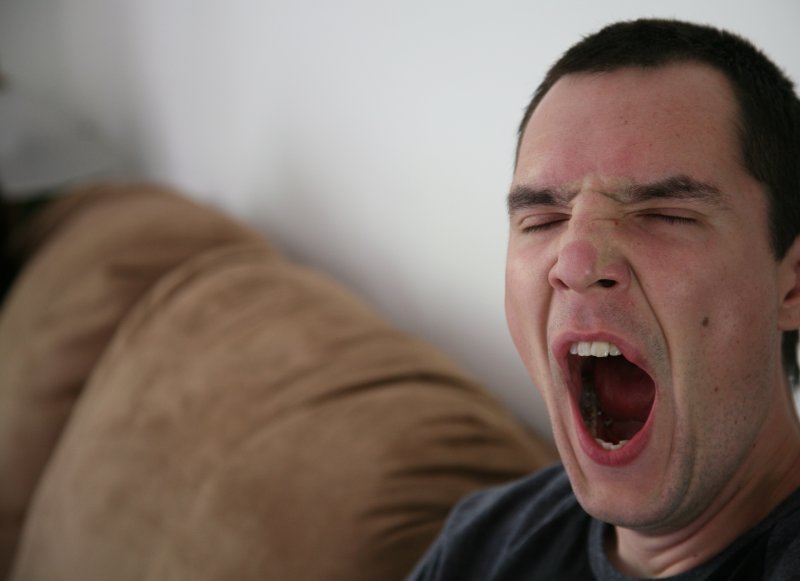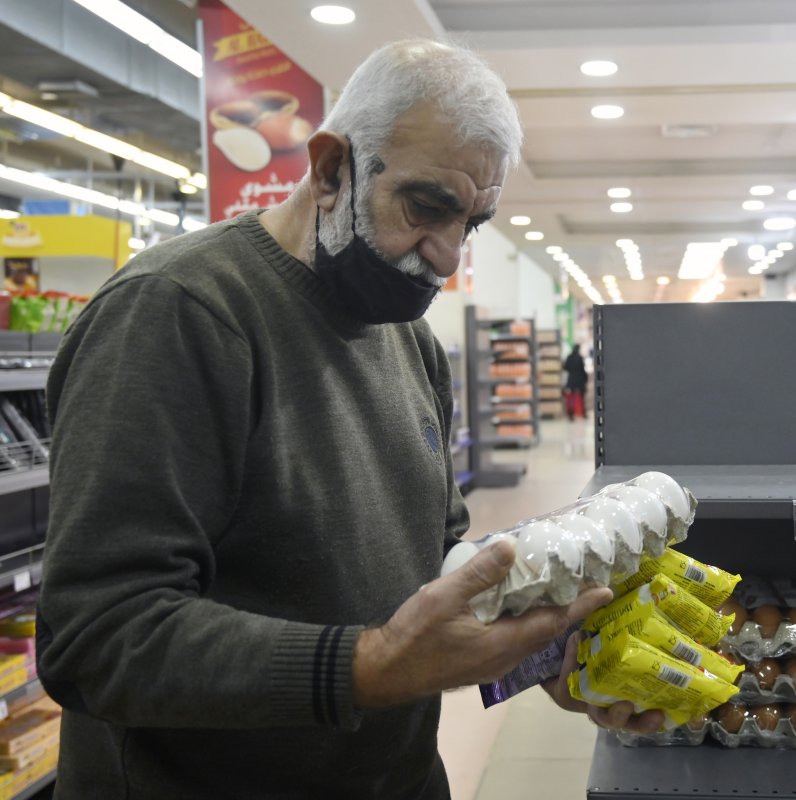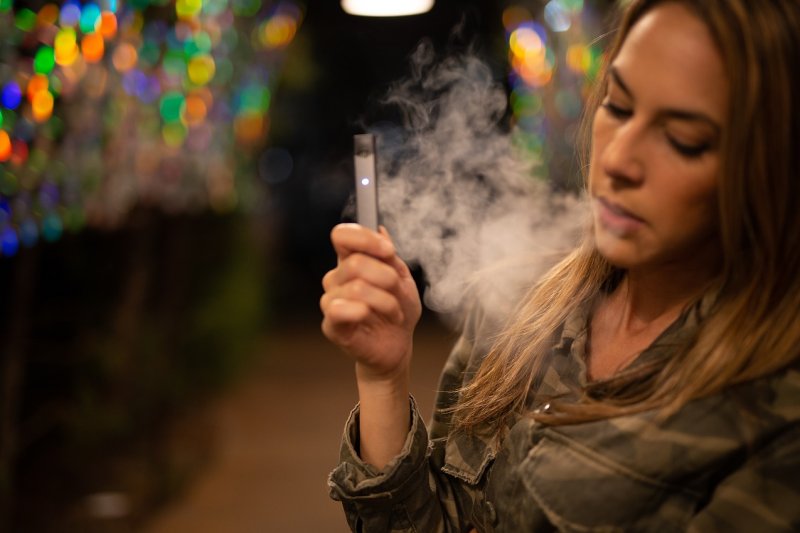April 17 (UPI) -- Residents and business owners in Portland, Ore., and Oakland, Calif., were assessing damages Saturday after protests against police misconduct turned violent in the two cities.
Oakland's demonstrations began peacefully on Friday, but as the night progressed participants lit fires and broke windows while protesting the police-involved deaths of 13-year-old Adam Toledo in Chicago last month Daunte Wright Sunday in suburban Minneapolis.
Between 250 and 300 people marched through downtown Oakland, then broke into splinter groups, according to media reports.
Some business owners boarded up their windows in anticipation of the demonstration, but store windows at a downtown Target store were broken and fires were set at several car dealerships.
RELATED Daunte Wright: Night of peaceful protests ends in fence breach, arrest
Oakland police also reported an officer was assaulted.
Protesters dispersed at about 11 p.m., police said, and no citations were issued or arrests made.
In Portland, police declared a riot and made multiple arrests Friday night after demonstrators broke windows and lit fires in the city's downtown.
RELATED Army: 'Shortcomings' uncovered in use of helicopters at 2020 protest
Portland has seen sustained protest activity for much of the last year, but witnesses described the vandalism as more significant in scale than other recent demonstrations.
The Portland Police Bureau announced four arrests following a demonstration involving several hundred people who started marching from Director Park in downtown Portland at about 9:30 p.m.
Police declared that event a riot shortly afterwards when individuals broke windows at downtown businesses, a church and a museum.
RELATED Northern Ireland riots: Police use water cannon on 7th night of unrest
Police and local media reported multiple fires set in dumpsters, a portable toilet and in a construction site outside an Apple Store.
Portland Fire & Rescue extinguished the fires.
A second demonstration in another part of downtown was characterized as "a peaceful event" by police. In that demonstration, marchers held a vigil and walked across the Hawthorne Bridge.
The Oregonian reported that while demonstrations had been previously planned in response to the incidents in Chicago and Minneapolis, they also came just hours after an officer-involved shooting in Portland.
Demonstrators gathered near the scene of that shooting in Lents Park in southeast Portland, about 10 miles from the downtown area.
Little information has been released about the victim, who police described as an armed white man, or the events immediately preceding his death. Police identified the officer involved as Zachary Delong, an eight-year veteran of the bureau. He has been placed on administrative leave.
A crowd of about 100 people gathered in the park early Friday as officers investigated the scene. Police described the crowd as "hostile" and encroaching on the area where investigators were working, but no arrests were made.
Brooklyn Center, Minn., meanwhile, saw a sixth night of protests Friday night, which police said was largely peaceful until protesters breached security fences, prompting arrests.
(0) Leave a comment
upi.com/7091057
Portland has seen sustained protest activity for much of the last year, but witnesses described the vandalism as more significant in scale than other recent demonstrations.
The Portland Police Bureau announced four arrests following a demonstration involving several hundred people who started marching from Director Park in downtown Portland at about 9:30 p.m.
Police declared that event a riot shortly afterwards when individuals broke windows at downtown businesses, a church and a museum.
RELATED Northern Ireland riots: Police use water cannon on 7th night of unrest
Police and local media reported multiple fires set in dumpsters, a portable toilet and in a construction site outside an Apple Store.
Portland Fire & Rescue extinguished the fires.
A second demonstration in another part of downtown was characterized as "a peaceful event" by police. In that demonstration, marchers held a vigil and walked across the Hawthorne Bridge.
The Oregonian reported that while demonstrations had been previously planned in response to the incidents in Chicago and Minneapolis, they also came just hours after an officer-involved shooting in Portland.
Demonstrators gathered near the scene of that shooting in Lents Park in southeast Portland, about 10 miles from the downtown area.
Little information has been released about the victim, who police described as an armed white man, or the events immediately preceding his death. Police identified the officer involved as Zachary Delong, an eight-year veteran of the bureau. He has been placed on administrative leave.
A crowd of about 100 people gathered in the park early Friday as officers investigated the scene. Police described the crowd as "hostile" and encroaching on the area where investigators were working, but no arrests were made.
Brooklyn Center, Minn., meanwhile, saw a sixth night of protests Friday night, which police said was largely peaceful until protesters breached security fences, prompting arrests.
(0) Leave a comment
upi.com/7091057









